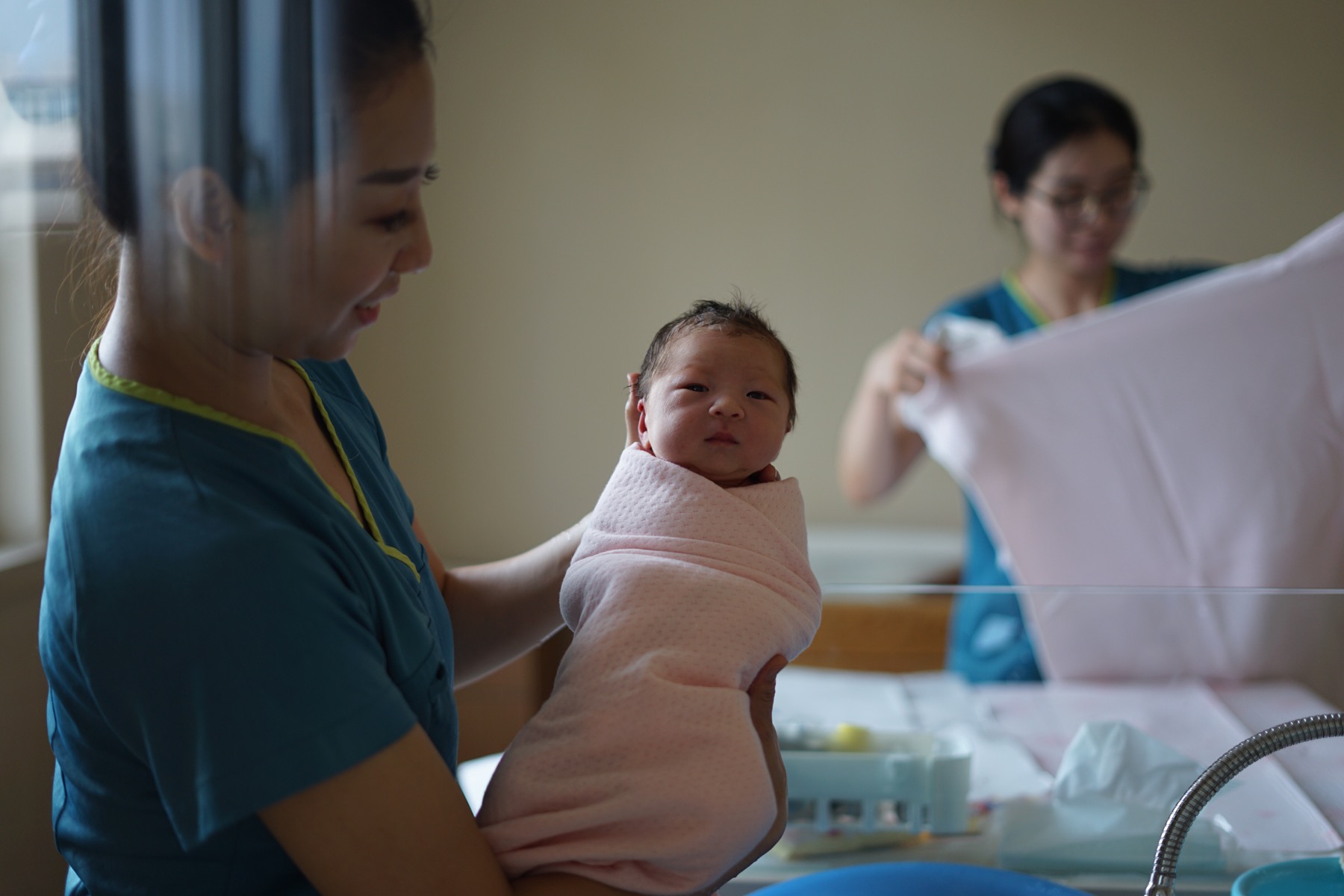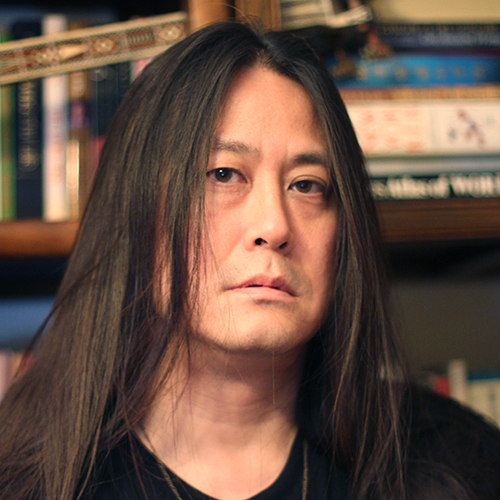China needs a better policy to address demographic realties

This week’s Kuora, on the subject of China’s population decline, comes from two of Kaiser’s answers, originally posted to Quora on May 22, 2019 and May 7, 2019.
I’m not a demographer and don’t have at my command all the statistics that a good answer to this question should probably be able to draw upon, but a few things are clear: Because of the One Child Policy, China will see its population begin to substantially shrink and, more importantly, to age. Average age will climb quickly, and this will place significant strains on China’s social security system, on its healthcare system, and on the ability of younger working-age people, who will presumably have to support geriatric relatives and thus will not be able to save. It will also see labor shortages, though I’m less worried about those because of rising labor efficiency due to advanced robotics and the accelerating introduction of AI into production.
And it has already exacerbated existing gender imbalance problems, owing to the preference among rural Chinese especially for boys over girls. (See Mara Hvistendahl’s book Unnatural Selection and Mei Fong’s One Child for more on this topic.) Sex-selective abortions are technically illegal, but many have found ways to circumvent this. The relatively rare but still morally outrageous practice of female infanticide is also attributable in no small part to the One Child Policy.
I believe that when the policy was first introduced, there was an argument to be made for its necessity. After the huge swell in births during the 1960s, it was probably necessary at least to encourage more family planning and to try to reduce growth. The measures adopted, however, proved to be too coercive and draconian, set targets that were too aggressive, and most importantly, endured for too long.
I doubt there’s anything the Chinese government can do to reverse the decline, or indeed to avoid at least some of the demographic pain in its near future. It looks likely that the CCP leadership will remove all restrictions on birth soon, but what’s already clear from the years since initial relaxation of the One Child Policy in 2013 and its formal abolition in 2015 is that there just aren’t nearly as many people actually having second children as had been expected. The government has resorted to subsidies for families to try to reverse the trend.
Pressure on the available labor pool and the resulting flight of labor-intensive manufacturing, massive strains on the pension and healthcare systems as the population ages — the problems are quite familiar.
Less widely discussed though are some of the ways that this may align with other trends already underway. With AI and advanced robotics making great strides, perhaps China’s declining population will experience less of a shock as certain types of jobs inevitably disappear. Low-value-add jobs are already fleeing China for countries like Vietnam and Indonesia, and will doubtless move to young, populous developing countries in Africa in years to come. (China, by the way, will be in a good position to leverage those labor markets, given the deepening Chinese involvement in Africa.)
The upshot is that China should focus efforts on adjusting to new demographic realities, rather than pursuing policies meant to alter them. They tried that, before — both with Mao’s encouragement to multiply in the 1960s and with the ill-starred One Child Policy beginning in the early 1980s. Perhaps they’ll handle it differently this time.
Also see:
‘To be a Chinese mother, you need a strong heart’: A conversation with a young mother in China






